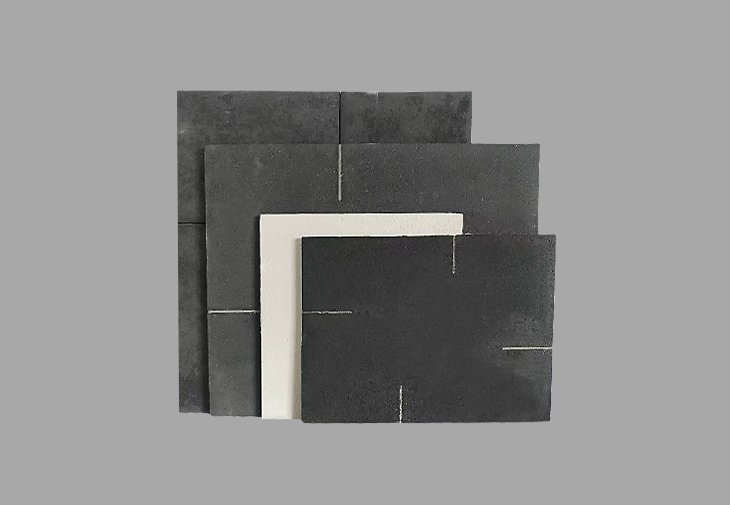
Highland Refractory’s Silicon Carbide Plate, including specialized variants like SiC Plate, Silicon Carbide Ceramic Plate, and High Temperature Silicon Carbide Plate, is built for harsh industrial environments. Key specs: refractoriness ≥2200℃ to endure ultra-high heat, cold compressive strength ≥300MPa for structural stability, thermal conductivity 80-120 W/(m·K) for efficient heat transfer, and 20+ cycles of 1500℃ water-quench resistance (no cracking). The Silicon Carbide Composite Plate adds reinforced layers for heavy-load scenarios.
It fits high-temperature kiln linings (ceramic/glass production), semiconductor thermal components, and metallurgical conveying equipment. Unlike traditional refractories, it resists corrosion and wear, extending equipment life by 50% and cutting maintenance downtime. For foreign buyers and B-end users, this means reliable performance for critical high-heat processes—solving “fast wear” and “heat instability” pain points.
Silicon carbide plates are mainly composed of silicon carbide (SiC) as the aggregate (with a content usually ≥ 80%).
Silicon carbide plates are mainly composed of silicon carbide (SiC) as the aggregate (with a content usually ≥ 80%).
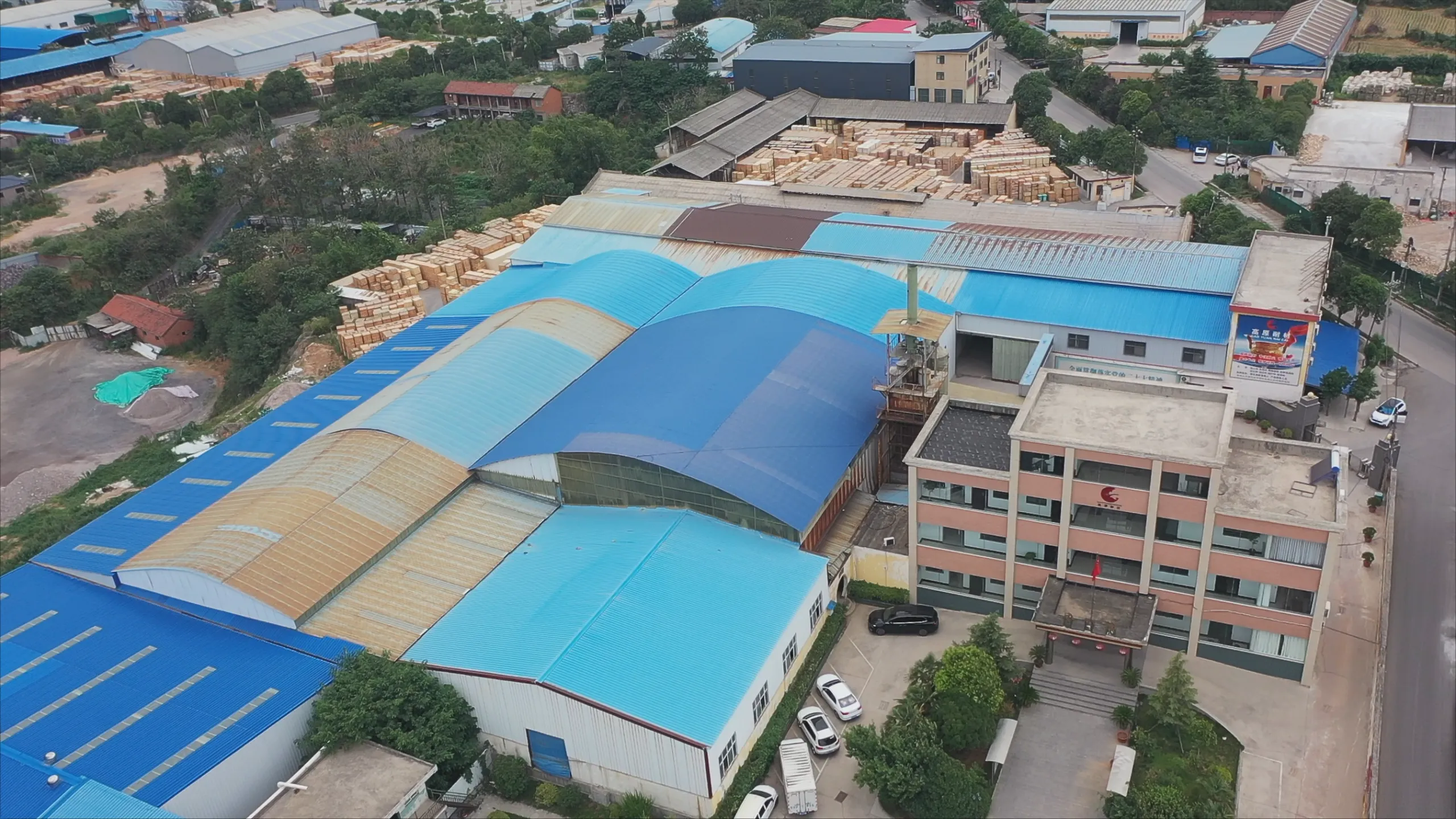
Global buyers in ceramic, semiconductor, and metallurgy industries often face a critical pain: delayed Silicon Carbide Plate shipments disrupt high-temperature kiln maintenance or semiconductor thermal component replacement, leading to costly production downtime. Founded in 1990, Highland Refractory China’s leading silicon carbide plate manufacturer fixes this with 1,100 skilled workers and complete production lines for Silicon Carbide Plates for Heat Resistance, Refractory Silicon Carbide Plate, and other refractories. We swiftly fulfill bulk or urgent orders, whether for standard SiC Heat-Resistant Plates or specialized Silicon Carbide Ceramic Plate. Our efficient production ensures on-time delivery, eliminating “long lead time” worries and keeping your high-heat systems running on schedule.
Contact us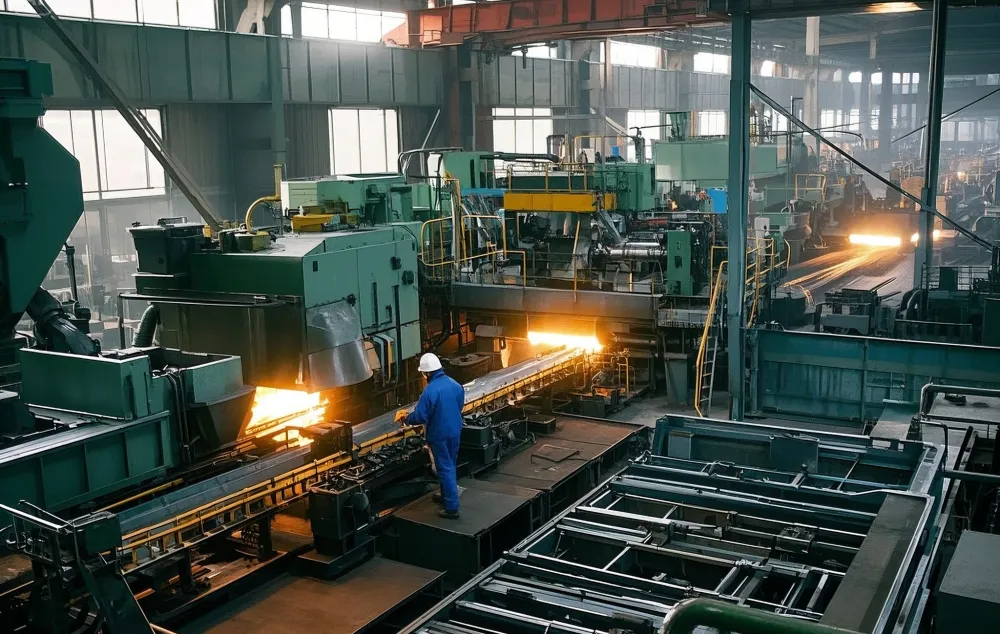
Terminal users (e.g., glass kiln operators, semiconductor manufacturers) struggle with two issues: off-the-shelf Refractory Silicon Carbide Plate can’t fit irregular kiln linings or custom semiconductor thermal modules, and sourcing castables, fire bricks alongside SiC plates requires coordinating multiple suppliers. Highland solves both. We customize Silicon Carbide Plates for Heat Resistance to your exact specs—adjusting thickness (5mm-50mm), size (up to 1200×800mm), and even adding composite layers for Silicon Carbide Composite Plate variants and offer one-stop supply of all your refractory needs (from high-alumina bricks to Castable). This means no more “mismatched plates” or “multi-vendor hassle,” as our products align perfectly with your equipment.
Contact us
Overseas clients often face a dilemma: European/American Silicon Carbide Plate ensures quality but is overpriced, while uncertified SiC Heat-Resistant Plates risk cracking under ultra-high heat or wearing quickly. Highland resolves this. Our Refractory Silicon Carbide Plate (including Silicon Carbide Plates for Heat Resistance) holds ISO 9001:2015 certification, meeting global standards with refractoriness ≥2200℃ and cold compressive strength ≥300MPa. Better yet, our prices are 25-30% lower than Western brands. This “certified quality + competitive pricing” combo eliminates “quality doubts” and “high cost” worries, making us a trusted partner for your extreme-heat industrial needs.
Contact usHighland Refractory’s Silicon Carbide Plate offers clear, superior specs across variants, outperforming high-alumina bricks and fire clay bricks. The high-purity Silicon Carbide Ceramic Plate (purity ≥99.5%) boasts refractoriness 1750–1800℃ and cold flexural strength ≥350MPa, far exceeding high-alumina bricks (refractoriness 1600–1650℃, flexural strength ≤150MPa). The wear-resistant SiC Plate has HV hardness ≥2200 and flexural strength ≥280MPa, avoiding the easy wear of fire clay bricks (refractoriness ≤1600℃, low hardness). Regular industrial-grade High Temperature Silicon Carbide Plate (purity 95%–98%, refractoriness 1650–1700℃) still outperforms traditional refractories, ensuring no parameter mismatch for your equipment.
Highland’s Silicon Carbide Plate covers most general equipment with standard sizes like 300×200×20mm and 400×300×30mm. To solve “non-standard equipment mismatch,” we offer extensive customization: thickness ranges from 5mm (thin plates) to 50mm (thick plates) with size precision ±0.1mm. For special needs, we can machine irregular holes or grooves on Silicon Carbide Composite Plate and other variants based on your equipment drawings. This eliminates the need for you to modify equipment, ensuring seamless adaptation whether for standard or custom-designed industrial systems.
Highland’s Silicon Carbide Plate aligns temperature grades with industry scenarios to avoid “temperature-scene mismatch.” The 1750–1800℃ high-purity Silicon Carbide Ceramic Plate suits photovoltaic monocrystalline furnaces and semiconductor diffusion furnaces—its low impurities prevent wafer contamination. The 1650–1700℃ wear-resistant SiC Plate fits metallurgical high-temperature kilns and waste incinerators, using high hardness to resist slag scouring. The 1600℃ regular High Temperature Silicon Carbide Plate works for ceramic sintering kilns and chemical heating equipment. Each variant’s material properties match specific needs, helping you quickly find the right fit.
To eliminate “import quality worries,” Highland’s Silicon Carbide Plate meets strict global standards. All variants—including SiC Plate and Silicon Carbide Composite Plate—hold ISO 9001:2015, CE certification, and semiconductor-grade RoHS certification, with third-party test reports (e.g., SGS material analysis). Every batch undergoes sampling tests for size, strength, and purity, and we provide test data copies for traceability. Unlike uncertified products with inconsistent quality, our certified Silicon Carbide Plate ensures stable performance across shipments, fully complying with your local quality requirements.
Highland Refractory eases foreign buyers’ worries over Silicon Carbide Plate logistics, addressing pain points like transit breakage, complex customs clearance, untraceable shipments, and unreliable after-sales. For packaging, we differentiate between regular refractories (using standard pallets) and our Silicon Carbide Plates for Heat Resistance: each Refractory Silicon Carbide Plate is wrapped with foam corner protectors and honeycomb cardboard, packed into 5-layer corrugated cartons, and placed on IPPC-fumigated wooden pallets. We add moisture-proof liners inside to avoid strength loss from dampness and buffer cotton between each plate to prevent collision breakage—ensuring SiC Heat-Resistant Plates arrive intact.
Domestically, we use box trucks to avoid rain damage during transport; for exports, we choose 20ft or 40ft containers based on order volume. We provide full customs clearance documents, including commercial invoices, packing lists, certificates of origin, and CE certification copies, to simplify clearance. Post-shipment, we offer 24-hour response for transit damage (free replacement with damage photos), real-time logistics tracking (dedicated customer service updates sea/air progress), and a green channel for urgent orders (priority production and delivery in 3–5 days)—guaranteeing a smooth full-process experience for your Silicon Carbide Plate procurement.
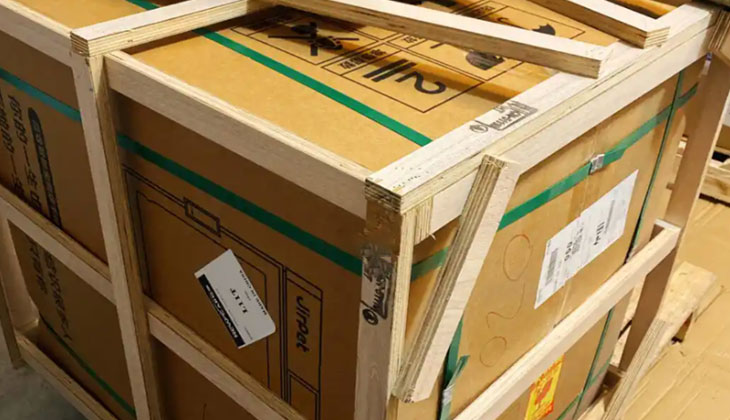
Backed by decades of expertise, Highland Refractory delivers tailored refractory brick solutions across steel, cement, glass, and petrochemical industries. Trusted by global manufacturers, our products ensure long service life, efficiency gains, and cost savings—with on-site technical support to guarantee optimal performance for every client.
Ceramic manufacturers face critical issues in sintering and roller kilns: traditional plates crack or deform under 1600-1700℃ heat, causing uneven kiln temperatures that ruin ceramic density and color consistency. Highland Refractory’s high temperature silicon carbide plate resolves this with refractory performance up to 1700-1800℃, thermal shock stability (5 cycles of 1100℃ water quenching without cracking), and ultra-high flatness (≤0.05mm/m) . The standard 300×200×20mm size fits roller kilns, while custom curved silicon carbide plate adapts to circular sintering kilns. This extends kiln lining life to 2-3 years, cuts downtime from maintenance, and boosts ceramic yield significantly.
Glass producers struggle with molten glass (1500-1600℃) eroding furnace walls and regenerator plates peeling due to frequent heat exchange—contaminating glass and shortening furnace life. Highland’s wear-resistant & high temperature silicon carbide plate addresses this with HV hardness ≥2200, corrosion resistance 4x stronger than high-alumina bricks, and volume density ≥3.1g/cm³ . Thick 50mm plates line pool walls, thin 10mm ones fit regenerator grids, and custom wedge-shaped silicon carbide plate ensures tight seals. This eliminates glass contamination, extends furnace runtimes by 6-8 months, and slashes maintenance costs.
Metallurgists deal with slag scouring and 1650-1750℃ heat wearing down traditional refractory bricks, which need replacement every 3-6 months—disrupting production. Highland’s wear-resistant silicon carbide plate excels here, with strong slag resistance, cold flexural strength ≥300MPa, and tolerance for 1750℃ temperatures . The standard 400×300×30mm size suits induction furnace walls, while custom 80mm-thick silicon carbide plate lines ladle bottoms. This extends service life to 1.5-2 years, halves replacement frequency, and boosts smelting equipment utilization.
Mechanical engineers battle rapid wear from high-speed friction and corrosion from acid-alkali coolants—causing seal leaks and tool precision loss. Highland’s high purity & wear-resistant silicon carbide plate solves this: 99.5% purity ensures sealing accuracy, HV hardness ≥2300 resists wear, and it withstands most acids/alkalis (except hydrofluoric acid) . Thin 5-10mm plates work for seals, and custom silicon carbide plate with 异形 holes/grooves fits liners and tool bases. This extends part life 3-4x, reduces leak risks, and cuts maintenance downtime for machinery.
To ease buyers’ worries about opaque processes and unstable quality, Highland Refractory follows strict steps for Silicon Carbide Plate. We first inspect 99.8% high-purity SiC powder, ensuring impurity content ≤0.2%—the base for reliable Silicon Carbide Ceramic Plate and High Temperature Silicon Carbide Plate. Next, isostatic pressing shapes the powder, guaranteeing density ≥3.1g/cm³ for uniform performance. Then, 1900–2000℃ vacuum sintering prevents oxidation, critical for Silicon Carbide Composite Plate’s strength.
Final tests include laser size checks, three-point bending for flexural strength, and 1100℃ water-quench thermal shock tests (5 cycles, no cracks). Guided by ISO 9001:2015, we inspect at raw material intake, post-sintering, and shipment, sampling 5% for destructive tests. We also provide production videos on request, ensuring every Silicon Carbide Plate meets consistent high standards.

Semiconductor diffusion furnaces and PV monocrystalline furnaces often suffer from wafer or silicon material contamination due to volatile impurities in plates, reducing product yield. Highland Refractory’s high purity silicon carbide plate a core Refractory Silicon Carbide Plate boasts 99.5%–99.8% purity, with impurity elements (Fe, Al, Ca) ≤50ppm. It meets semiconductor industry RoHS standards and releases no volatile substances, ensuring the purity of wafers/silicon materials and boosting yield. This plate fits high-end equipment like 12-inch wafer diffusion furnaces and 1600-type monocrystalline furnaces, replacing imported brands to cut procurement costs while eliminating "material non-compliance" worries.
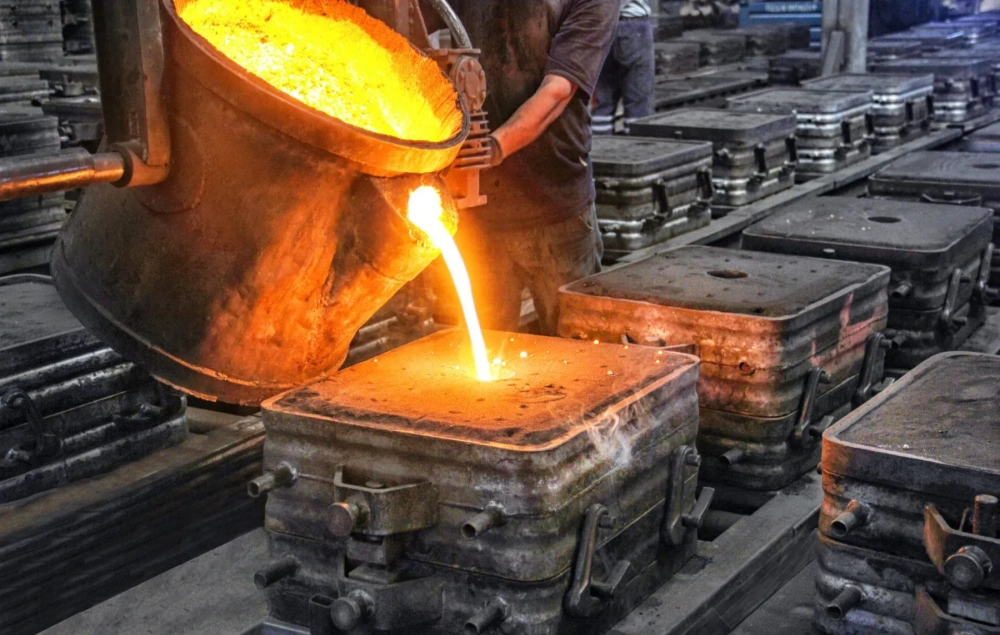
Metallurgical kilns and ceramic sintering kilns often see plate cracking due to sudden temperature changes during frequent startups/shutdowns, causing production halts. Highland’s SiC Heat-Resistant Plates key Silicon Carbide Plates for Heat Resistance—use vacuum sintering, achieving thermal shock stability (5 cycles of 1100℃ water quenching without cracking) and a maximum refractoriness of 1800℃. Unlike high-alumina bricks (which crack after 2 thermal shock cycles), these plates withstand temperature fluctuations from frequent kiln operations, avoiding "production stops from cracked plates." They extend continuous equipment runtime and reduce emergency maintenance costs.

Precision equipment like semiconductor furnaces and PV monocrystalline furnaces face poor thermal field sealing and heat loss due to plate dimensional deviations. Highland’s Refractory Silicon Carbide Plate adopts CNC cutting + laser calibration, with dimensional accuracy controlled at ±0.1mm and flatness ≤0.05mm/m. It can be processed into special structures (e.g., card slot,positioning holes) per equipment drawings, requiring no on-site grinding/adjustment by customers. This ensures seamless thermal field assembly, reducing heat loss by 8%–10% compared to standard-accuracy plates and improving equipment operating efficiency while saving "assembly debugging time."
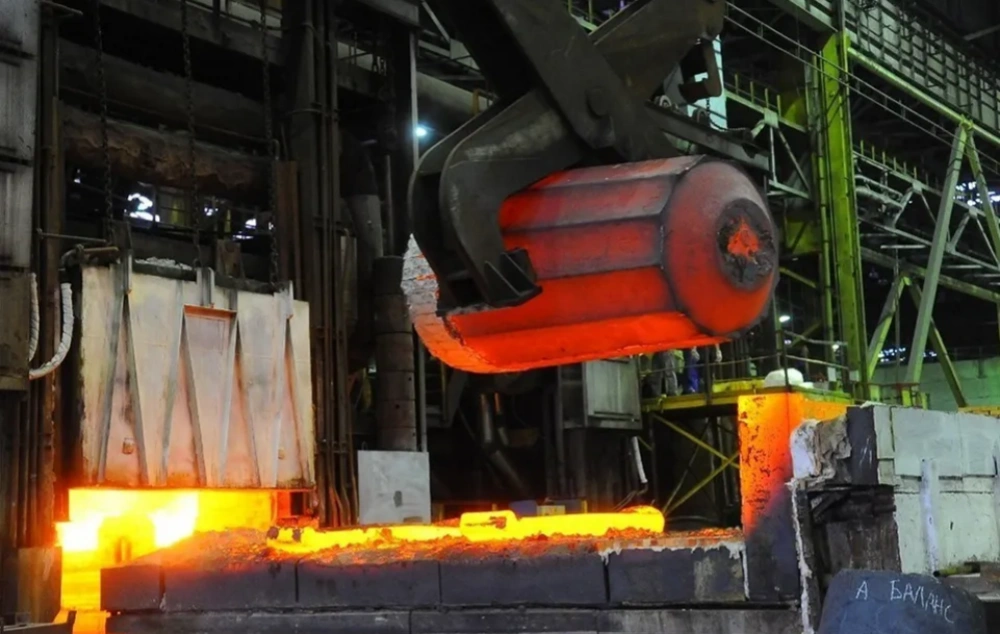
Chemical corrosion-resistant equipment (e.g., sulfuric acid evaporators) and metallurgical kilns suffer from rapid plate damage due to acid-alkali corrosion and material scouring, requiring frequent replacements. Highland’s wear-resistant silicon carbide plate a critical Silicon Carbide Plates for Heat Resistance has HV hardness ≥2200, resists most acids/alkalis (except hydrofluoric acid), and offers 4x the scouring resistance of ordinary refractory bricks. Used as chemical equipment liners, it prevents medium leakage; in metallurgical kilns, it reduces slag erosion. Its service life is extended by 2–3 times, cutting repeated procurement and labor costs for replacements, making it ideal for high-load industrial scenarios.
Silicon carbide plates are mainly composed of silicon carbide (SiC) as the aggregate (with a content usually ≥ 80%).
Silicon carbide castable is an amorphous refractory material with silicon carbide as the main component.
Refractory cement, also known as aluminate cement, is a fire-resistant hydraulic cementitious material.
High alumina fine powder is a powder material with alumina (Al2O3) as the main component.